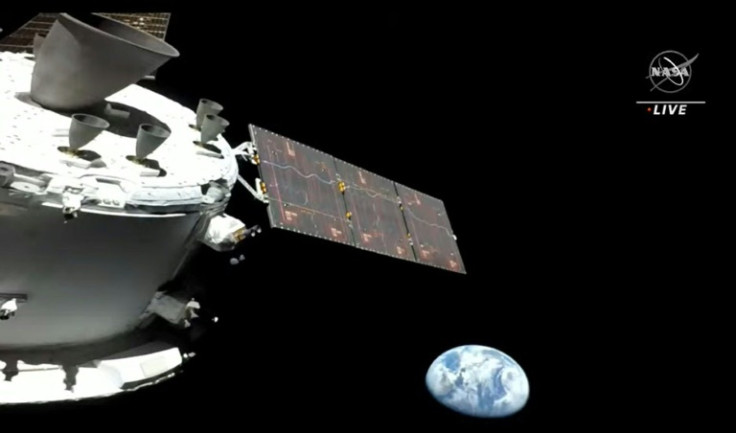NASA Restores Contact With Orion After 'Unexpectedly' Losing Communication With It
KEY POINTS
- Mission Control Center "unexpectedly" lost contact with Orion early Wednesday
- Engineers are still trying to figure out what caused the issue
- Orion is still in "healthy configuration" ahead of its "next major burn"
The Orion spacecraft has been performing wonderfully since its launch about a week ago. However, NASA "unexpectedly" lost contact with the spacecraft for nearly an hour this week, and the reason remains unclear.
The Mission Control Center at the Johnson Space Center in Houston lost contact with Orion in the early hours of Wednesday (12:09 a.m. CST/1:09 a.m. EST), NASA noted in its update on Orion's flight day eight. It happened while mission controllers were reconfiguring the communication between Orion and Deep Space Network, and the glitch lasted for about 47 minutes.
So far, the teams behind Orion have restored communication with the spacecraft "from the ground side," and Orion appears to be "in a healthy configuration" despite the temporary issue. What exactly caused it, however, remains to be seen.
"The reconfiguration has been conducted successfully several times in the last few days, and the team is investigating the cause of the loss of signal," the agency said. "Engineers are examining data from the event to help determine what happened, and the command and data handling officer will be downlinking data recorded onboard Orion during the outage to include in that assessment."
This comes just days after Orion's first successful lunar flyby, during which it passed behind the Moon. It also lost communication with Earth for about 34 minutes at the time, but that instance was expected as a part of the maneuver.
Now on its eighth day on the mission, Orion is still traveling farther from the Moon until it reaches its farthest distance Friday, Nov. 25. That will be just before it performs the "next major burn" to enter the "distant retrograde orbit."
"The orbit is 'distant' in the sense that it's at a high altitude from the surface of the Moon, and it's 'retrograde' because Orion will travel around the Moon opposite the direction the Moon travels around Earth," NASA explained.
.@NASA_Orion continues to travel away from the Moon as it prepares to enter a distant retrograde orbit.
— NASA Artemis (@NASAArtemis) November 23, 2022
Orion will reach its farthest distance from the Moon on Nov. 25, just before performing the next major burn to enter the orbit. https://t.co/tAZy1OHv2X pic.twitter.com/bf3JGIXaA2
This will take Orion to a more stable orbit around the Moon that will require less fuel. It will keep flying around the Moon for about a week, during which its systems will be tested. Then it will come back to Earth and end its mission as it splashes into the Pacific Ocean on Dec. 11.
For now, people can enjoy the stunning views captured by Orion such as this "family portrait" shared by the European Space Agency (ESA).
We can't get enough of this family portrait🥰 @NASA_Orion and its European Service Module posing for a pic with #Earth 🌍 & the #Moon 🌑, on its way to making history again. Someday soon astronauts will also be in this shot! Speaking of which....⏳📢 👩🚀 https://t.co/lGMnY3oeps pic.twitter.com/CIOnn6kd5Y
— Human Spaceflight (@esaspaceflight) November 23, 2022
Those eager to see Orion's next move may watch the upcoming insertion burn live here, while others may even follow Orion closely on its Artemis I journey via the live, albeit low-resolution, video feed from the camera on the spacecraft.

© Copyright IBTimes 2024. All rights reserved.






















